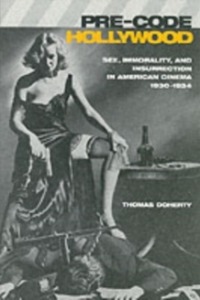
Liknande böcker
Performing the Pilgrims
Bok av Stephen Eddy Snow
A scholarly inquiry into how portrayals of the Pilgrims evolved from glorification to more accurate reconstruction of history through performance The various ways in which the Pilgrims have been represented over the past three hundred years reflect important changes in American culture. This study of a phenomenon at "Plimoth Plantation" reveals a pattern created by progressive cultural forces in the United States to establish historical accuracy. It traces the transformation in the styles of portraying the cultural history of one of America's earliest immigrant groups, the Pilgrims of Plymouth, Massachusetts. In the nineteenth century the Pilgrim story was romanticized in poetry and paintings. The purpose of such portrayals was glorification, not historical accuracy. After the fourth Thursday of every November was designated by President Lincoln as Thanksgiving Day, the Pilgrim image became ubiquitous in American popular culture. Those simple, hardworking settlers of one of America's first towns began to assume mythic proportions. This study of how the Pilgrims have been represented in American cultural life mainly focuses on the development of the performances in the Living Museum of Seventeenth Century Plymouth at Plimoth Plantation. After World War II a plan was devised to replicated the "First Street" of Plymouth. By the late 1950s Pilgrim houses were reconstructed, and mannequins depicted scenes of Pilgrim life. Docents, dressed in somewhat inauthentic period garb, described the historical significance of the tableaux. The cultural revolution of the 1960s brought also a revolution in the style of representing the Pilgrims. In an attempt to define the real Pilgrims, the idea of "sainted ancestors" was eradicated. James Deetz, an anthropologist from Harvard, established a new approach to ethnohistorical research. In portraying the Pilgrims in this era, reenactors made no attempt to glorify but instead to give earnest assessment of all ethnographic data available and to re-create an authentic Pilgrim. Deetz and his colleagues established a "living museum" in which history was no longer described and discussed, but, rather, reenacted. This book documents and analyzes the momentous shift in the style of representing the history at Plimoth Plantation. It closely examines the emergence of the first-person, role-playing re-creation that is based upon performing ethnography. An important work in the field of performance studies, it explores postmodern cultural forces at work in the late twentieth century. Stephen Snow, Ph.D., RDT-BCT, is Associate Professor and Chair of the Department of Creative Arts Therapies at Concordia University in Montreal. Most recently, he completed a three-year project (2005-2008) in Performance Ethnography with adults with developmental disabilities at Concordia's Centre for the Arts in Human Development, of which he is a Co-Founder.







